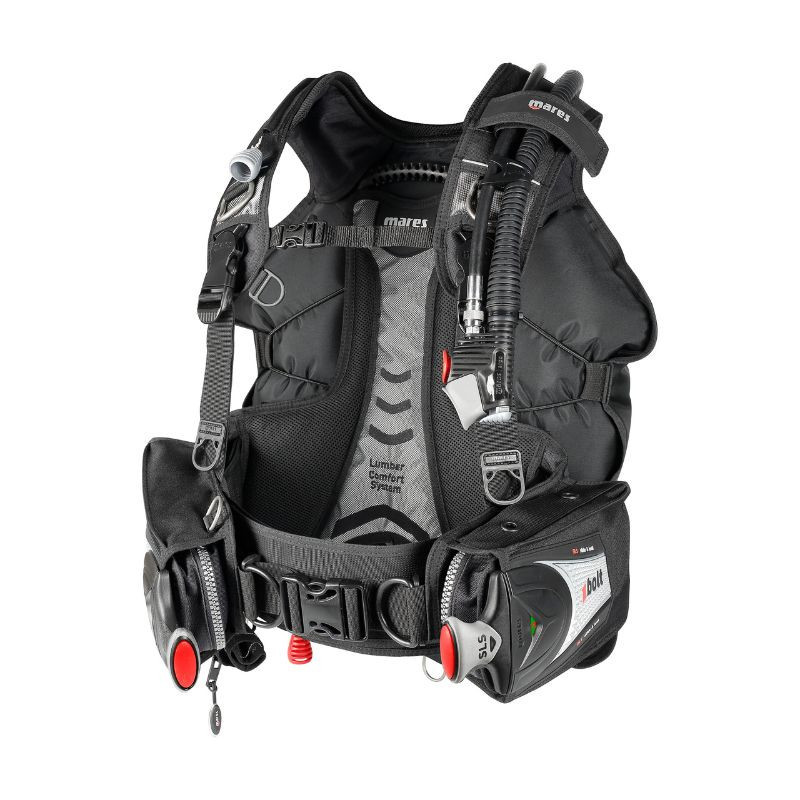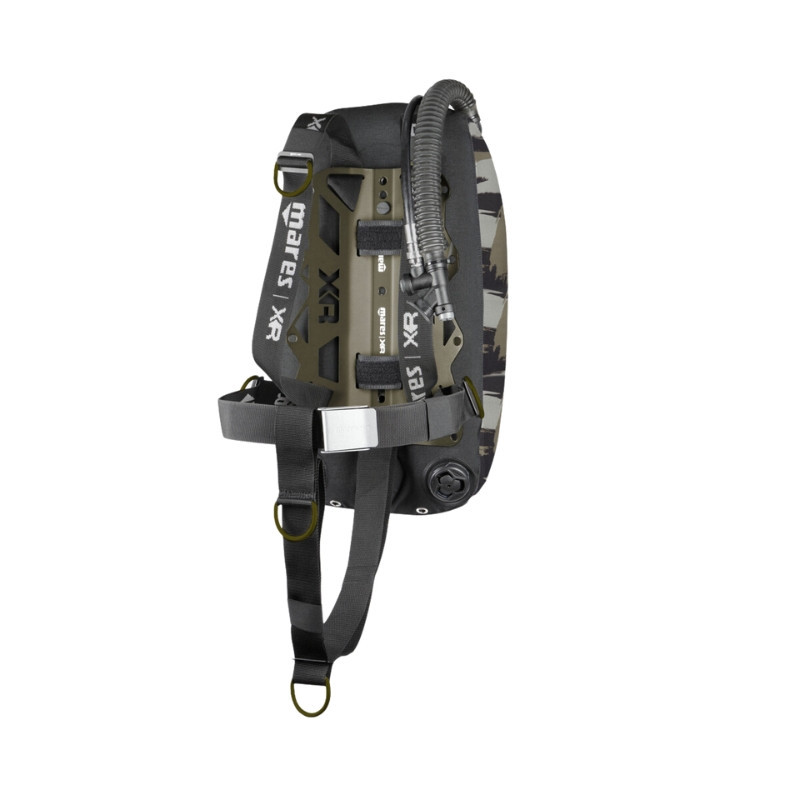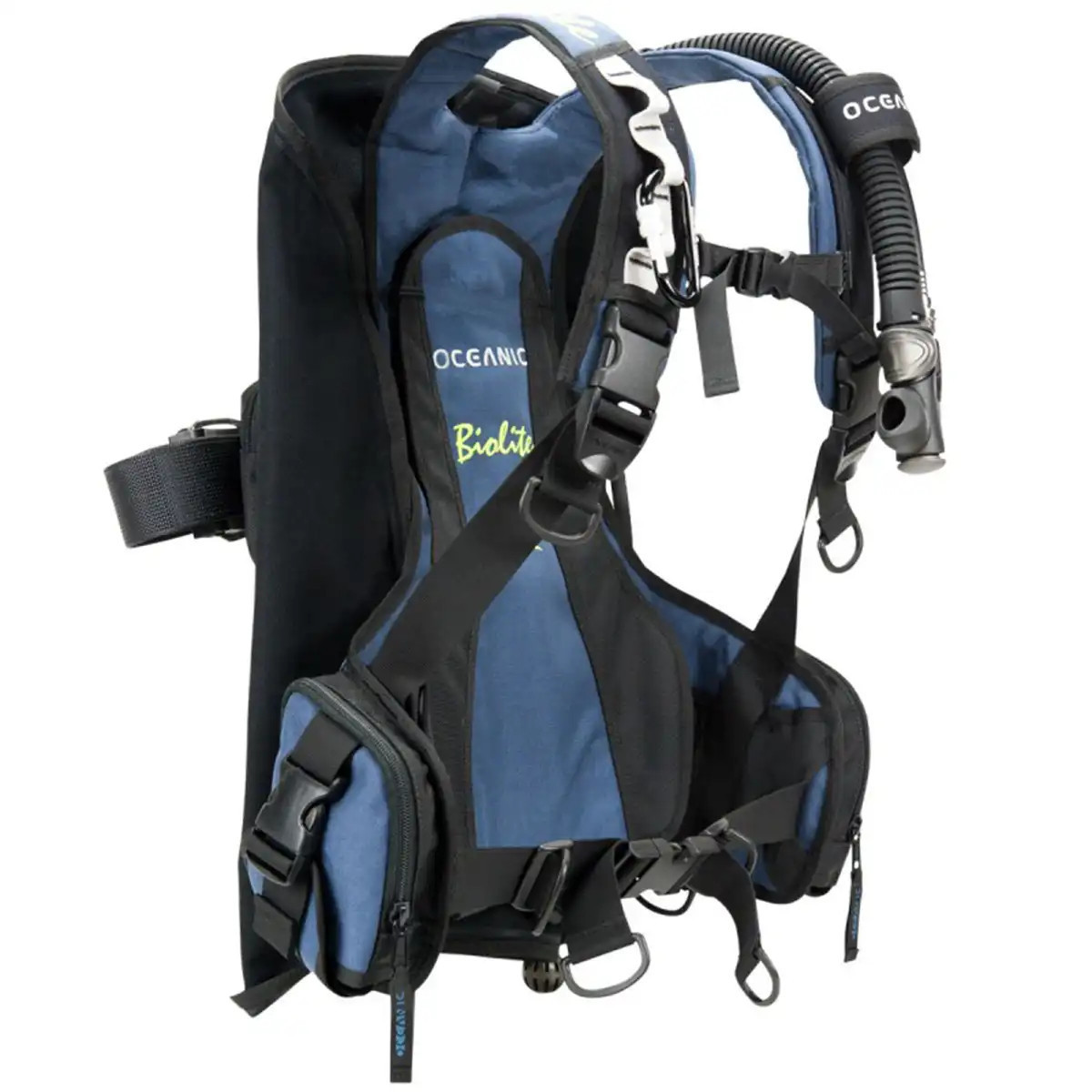Our Top Scuba BCD Recommendations
Why Your Scuba BCD Matters
Think of your scuba BCD as your underwater elevator. It’s what allows you to ascend, descend, and hover effortlessly in the water. Without a reliable BCD, even the most experienced divers can struggle to maintain proper neutral buoyancy, which can lead to discomfort, fatigue, and even dangerous situations. The best BCD for you depends on your diving style, the type of water you’ll be exploring, and your personal preferences. Whether you’re diving in warm tropical waters or braving colder climates, the right BCD will make all the difference.
Key Features to Look for in a Scuba BCD
Let’s break down the essential features to consider when shopping for the best scuba BCD:
1. Fit and Comfort
Your BCD should fit snugly without restricting movement or causing discomfort.
- Adjustable Straps: Ensure a secure and customizable fit.
- Padded Backplate: Adds comfort, especially during long dives.
2. Buoyancy Control
A good BCD allows you to fine-tune your buoyancy with ease.
- Integrated Weights: Some BCDs come with weight pockets, making it easier to achieve neutral buoyancy.
- Low-Pressure Inflator: Allows for precise buoyancy adjustments.
3. Portability
If you’re a frequent traveler, a best travel BCD should be lightweight and easy to pack.
- Compact Design: Look for BCDs that fold or roll up easily.
- Lightweight Materials: Reduce the overall weight of your gear bag.
4. Durability
Your BCD will face saltwater, UV exposure, and occasional bumps, so it needs to be built to last.
- Reinforced Seams: Ensure longevity and reliability.
- Corrosion-Resistant Hardware: Prevents rust and wear.
5. Storage and Accessibility
A good BCD offers plenty of storage for accessories like dive lights, cameras, and slates.
- D-Rings: For attaching gear.
- Pockets: For storing small items.
As we look ahead to 2025, the best scuba BCDs will continue to combine innovation, durability, and performance. So, take your time, do your research, and choose a BCD that meets your needs.




